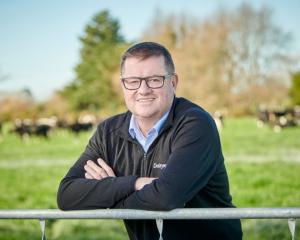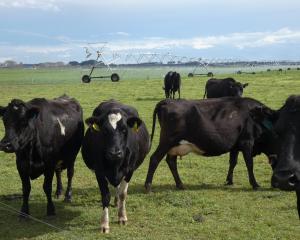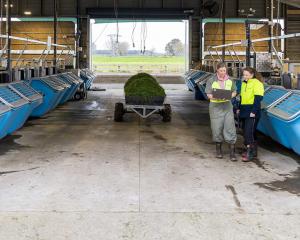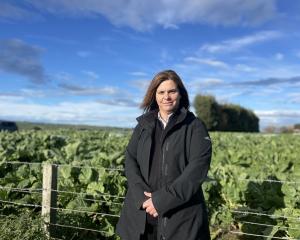The difference between a normal and abnormal calving, animal care during calving and looking after newborn calves were topics at a DairyNZ CalvingSmart workshop in Hinds recently.
The workshop was to help dairy farm teams calve smarter this season, using better calving skills.
About 130 farm workers, managers and owners with varying calving experience attended.
They were split into groups and covered various aspects of calving: the signs of calving, stages of labour, identifying when to assist calving cows, safe handling of newborn calves and transporting calves.
There was also a team session for workmates to get teams to work better together to save time and provide good animal care, along with establishing clear standards and processes.
Decision-maker session explored being a world-leader in on-farm animal care as well as looking at calf rearing and system designs.
DairyNZ animal care extension specialist Tony Dench was one of a few DairyNZ staff on site.
He took the calving session and shared knowledge from his years of on-farm experience.
Most at the calving session were farm workers who wanted extra calving practice.
They learned about the normal and abnormal presentation of the calf in the uterus
and dealing with issues when the calf was not in the ideal position, as was often the case.
Farm staff were shown the best practice to safely assist with the birth of a calf, if needed, while making sure there was limited stress on the cow.
The session included knowing the calf anatomy; the leg joints and their natural movement, so if farm staff needed to assist they would know how the leg could move naturally.
Mr Dench talked about using gloves to protect farm staff from zoonoses (such as leptospirosis), and the animals from infection.
He then put attendees through their paces in a mock calving situation, using a life-sized rubber calf and a specially designed plastic drum.
The system allowed farm staff to feel and analyse the calving situation before checking the inside the drum to confirm how the calf was sitting.
DairyNZ animal care team manager Helen Thoday said calving was traditionally a busy time on dairy farm and some simple preparation helped achieve a smooth and stressless calving season.
''Ensuring the entire farm team has the right knowledge and skills to establish a caring, healthy and safe environment for calves, and everyone is working to the same plan, will help calving be less stressful,'' said said.
''Having everyone on the same page also supports good farm routines and ultimately means calves get a good start to life.''
The CalvingSmart workshops were held throughout Canterbury, with other events in Culverden, Dunsandel and Waimate.
















